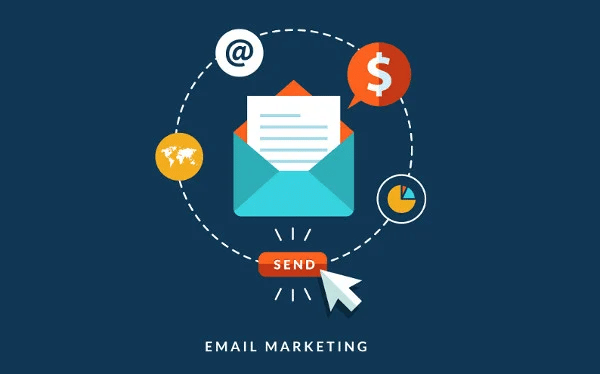You’ve spent your valuable time and energy crafting the perfect email message to send to your audience, but your emails keep getting blocked as spam. What is going on? One culprit may be that email servers such as Gmail, Yahoo, etc. aren’t recognizing that your server is a trusted source. Think about the server as the house where your email address lives. It’s the part before the @ symbol. The part after the @ symbol is the domain. You can think of that as the address of the house. The key to avoiding the spam folder is to get other servers to acknowledge both your server and your domain as valid.
The first step to troubleshoot is to use DMARC!
DMARC stands for Domain-Based Message Authentication, Reporting, and Conformance. DMARC serves as the secret handshake that permits you access to your audience’s inbox without being kicked into spam. By establishing a DMARC record, you can secure your server’s emails and ensure that your messages are being verified as valid, making them more likely to reach your audience’s inbox.
DMARC is an email authentication protocol that works by ensuring that every email that is sent from your email server actually is coming from an authorized user of that server. This is especially important when you use an email marketing platform such as Mailchimp or Constant Contact. Because these platforms are used by lots of organizations that may not have the best security practices. When they send emails on your behalf, it looks like someone is trying to use your address to send an email. This then makes other servers wary of letting any emails from that same domain, valid user or not, through their security defenses. By setting up DMARC you’re taking control of the guidelines around who counts as an authorized user of your domain. All other users fail the DMARC test, making you a more trusted source of messages.
DMARC is built on two other email authentication systems: DKIM and SPF. DKIM (Domain Keys Identified Mail) uses an individual private key signature to validate that the message was not altered during transit. SPF (Sender Policy Framework) is a way for other servers to verify that users of your servers are actually authorized to send the message through your server. If the message fails the DKIM and SPF tests, it’s sent back to your server. At that point, the DMARC guidelines you’ve set up will let the ISP know what to do with the message.
An added bonus of setting up DMARC is that you can receive reports on your server’s activity, allowing you to stop scam emails coming from your server right at the source. Long story short, DMARC allows you to have control over your email server by making it harder for outsiders to impersonate and intercept emails. The more authorized emails that come from real accounts at your domain name, the more likely other servers will be to accept your messages and not kick them into a recipient’s spam folder.
The first step to take to secure your email server is to publish a DMARC record. Each email server handles creating and publishing DMARC records differently. A good place to start is by checking out the management console of your domain host. Common ones include GoDaddy, enom, DreamHost, and 1&1 IONOS to name a few. You can also contact a customer service representative for the server. Your email marketing platform will provide you with the details you need to add to the DMARC record of your host.
You’ll be guided through decisions about what to tell other servers to do with emails that fail the DKIM and SPF tests mentioned above, as well as the type and frequency of the DMARC reports you’ll receive. There will be a lot of information in these reports that can guide decisions to further protect your email domain.
For more support in navigating the intricacies of domains, servers, DMARC, and more, Redstart Creative is here to help. We can also help you hone the perfect message for that audience. Visit us at www.redstartcreative.com to learn more about our expertise and how we can help you reach more clients!



